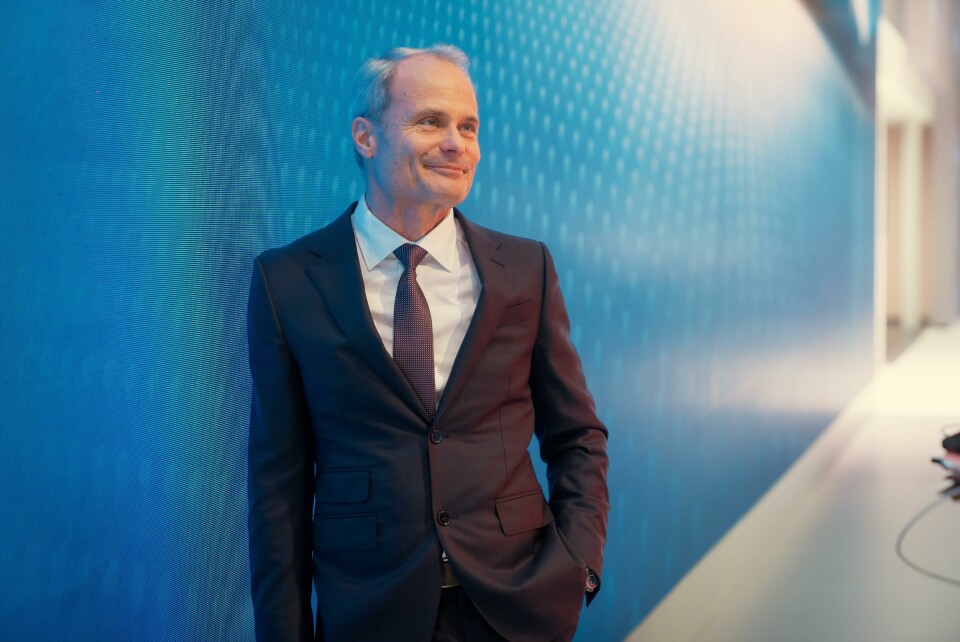
Exclusive: BYD design boss Egger gives rare interview
Car Design News’ candid Q&A with BYD’s global design director Wolfgang Egger discusses the challenges of creating new brands from scratch, differentiating interior design convincingly and learning Mandarin
German design veteran Wolfgang Egger turns 62 next week (February 13th) and has had an enviable career among high-end European brands in the 1990s, 00s and 10s. While working at Alfa Romeo twice (1989-1998 & 2001-2007) highlights included the 1996 Nuvola concept, 2000 147 and 2003 8C Competizione concept and 2007 production model. At Seat in-between, he helped create the 2002 Ibiza Mk3 and 2004 Altea and as Audi Group head of design from 2007 and later head of brand design too, the 2012 Crosslane and 2013 Nanuk concepts stood out.
Brief stints at Italdesign and VW Group Interbrand’s design studio followed from 2014, but in late 2016 Egger quietly left for China to become global design director for Chinese EV trailblazer BYD (Build Your Dreams). Forward wind to 2024 and the marque produced 4,304,073 vehicles and is now within the Top Ten global brands by sales too (4,272,145).
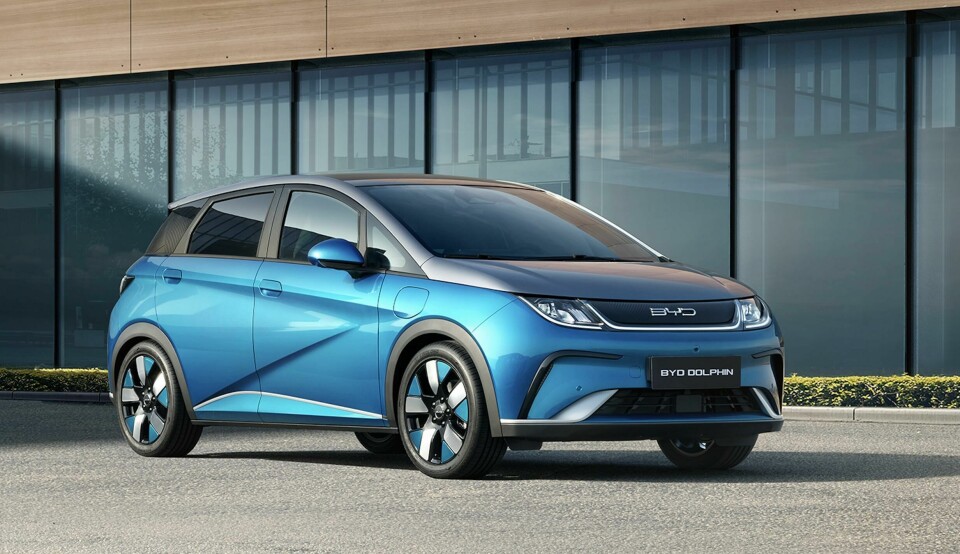
Design-wise, BYD has come a very, very long way too. Its early 2000s copycat designs and early ‘BMW-inspired’ roundel logo seem like ancient history, and via Egger’s careful stewardship BYD – and luxury sister brand Yangwang [pronounced Yang ‘An] – now has a range deemed good enough to export and compete with mainstream European brands, especially in the hybrid and full EV segments.
Although usually based in Shenzen – just north of Hong Kong at the southern end of the China – Car Design News was granted a rare audience with the affable but focused Egger in Europe last year and discussed everything from new brand creation and positioning, Chinese luxury and finally settling down in China…
Car Design News: Compared to Alfa or Audi, what was the biggest change you had to make in how you approached the BYD job?
Wolfgang Eggers: The big step after working with these established brands was to create several brands from ‘zero’, from the ground up. It was exciting, but a test.
CDN: When you first joined BYD, were engineers simply saying ‘here’s the package, now ice the cake’?
WE: Regarding proportions we don’t have any problems as the technology has changed. For sure, you have ergonomics and quality perceptions to consider, but you have more freedom with EVs. China has the best technology for everything: lighting, materials, user experience, and its consumers are becoming more and more proud of design. And design is not only changing ‘form’ – from model to model and generation to generation – but the mobility experience too, inside and outside the car.
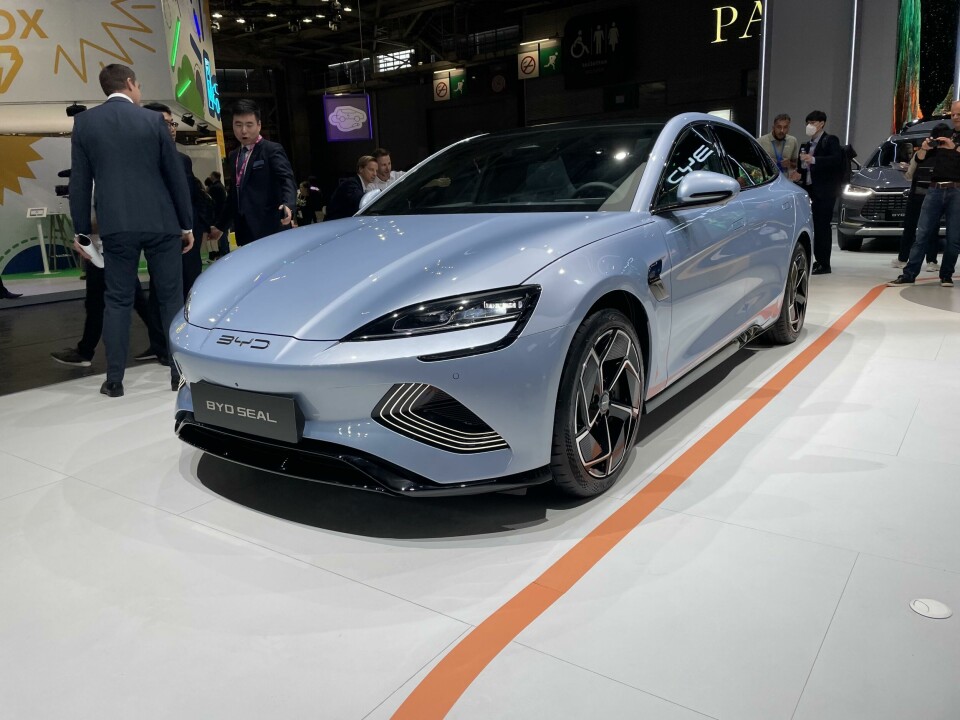
CDN: But all brands making bespoke EVs have this opportunity. Does BYD’s integrated proprietary ‘blade’ battery technology help? Does it give a proportional advantage, especially in terms of vehicle height?
WE: It’s a good question. Batteries underfloor make the car at least 100mm higher than ICE cars. The art of design is not to show that. The first example [of this art in design] is our Han model. It’s a high car but when you see it in traffic, it looks like a low, sporty sedan.
CDN: So you’re suggesting it’s visual trickery rather than thinner batteries?
WE: It’s design [that makes the difference]. For our Yangwang U9 it’s the same story.
CDN: There’s such a proliferation of models and sub-brands within Chinese companies. Who is asking for all these identities to be created – design, marketing or somewhere else?
WE: We have a very nice creative situation. We’re all thinking about the future, starting with our chairman [Wang Chuanfu]. He never stops, but what I appreciate so much is that he’s also waiting for design proposals, ideas and visions. Some of these ideas come from design – and are very well-accepted – while others come from marketing and some are the chairman’s.
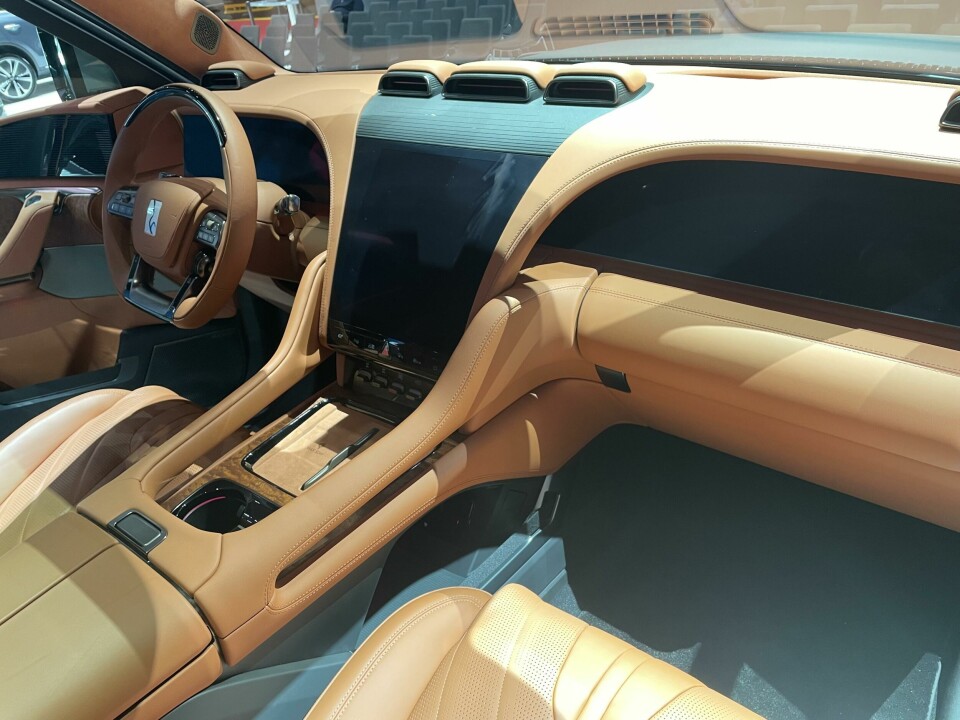
CDN: Out of BYD’s current range which model ideas came from design?
The first example was the Han, it was the first car we really pushed. We had models in the shape of a more conventional sedan when everybody was asking for a typical three-volume sedan, especially in China, but we wanted to make the next step, a more elegant but also sporty sedan. There were discussions and the chairman decided on the more sporty model. That showed courage and it was the right decision as the first step to our EV future. Now you don’t see any [regular] ‘three-box’-shaped sedan EVs. That’s one example. We also proposed the Seagull [supermini] which is pure design.
CDN: BYD is becoming well known among the Chinese brands that have ventured outside of their mother country to sell in Europe and beyond? Is it time for its design to differentiate more than ever, as there is so much strong competition?
WE: Competition is always very tough, but it’s good to have. I don’t think we will change our design strategy for China compared to Europe. The differences are in the categories. Some types of car are more popular in China and others in Europe – the Seal [fastback sedan] is one example.
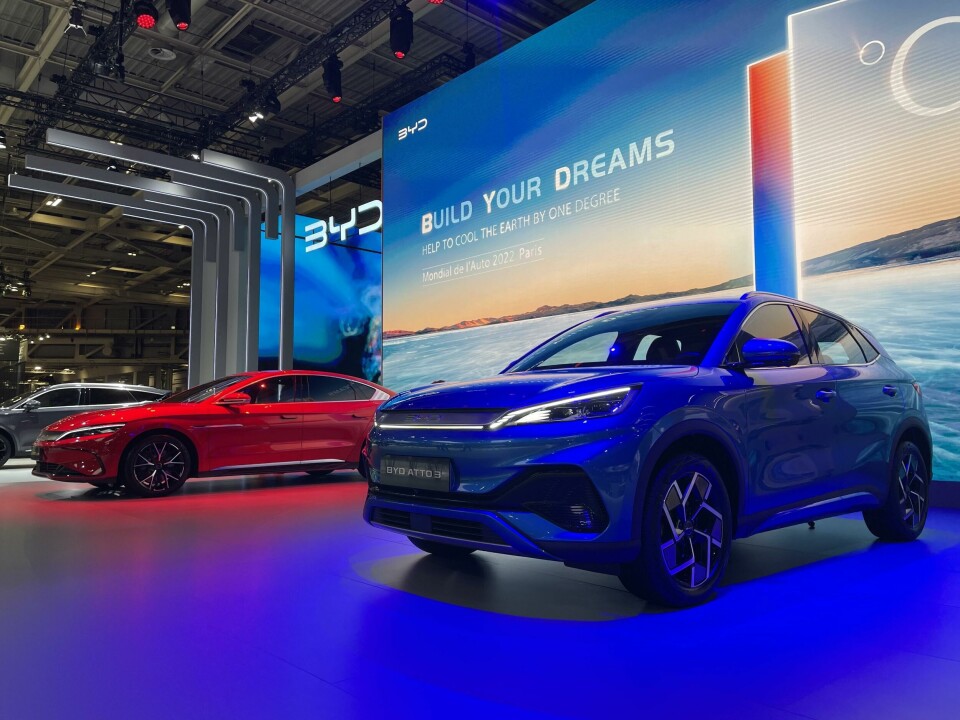
CDN: Your interior designs are often quite different – the Atto 3’s interior door handles and ‘guitar-string’ storage in particular. Why so?
WE: We have pushed very hard on interiors. They need time and a lot of dedication and we are fighting for the different brands to create specific design languages that are really differentiated and distinguished in an emotional way. You have choices. You can make interiors extremely pure, reduced and linear or more baroque with many details, but I think both ways are too extreme. You need to find a balance in-between. For our urban cars – Seal, Seagull – we are more playful but the higher up the range we go we get more ‘closed forms’ and more comfort when you touch the surfaces and see the details. This will be the criteria for luxury.
CDN: What other new things are affecting your brands’ interiors?
WE: We are fixing a strategy for all the brands with different interfaces. If you have one big display and a cluster, or two or three displays, the size and functions are already one of the main points of future interiors. It’s more and more about the interaction you have with the digital world. Some years ago within the design department 10 or 20% of the design was about the interface and the experience. Now it’s more like 50/50 and soon more than 50% of the design will be about the experience – and the emotional experience, not just the information.
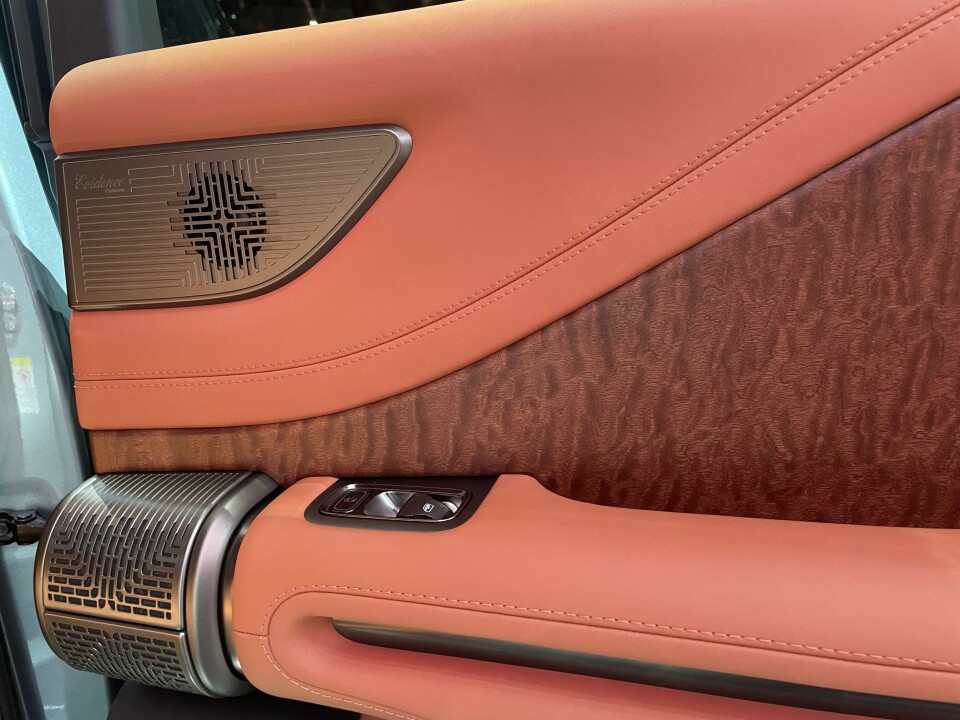
Lighting is also part of this feeling. Displays are getting bigger and the next step is making the interface more integrated, not just a frame – I reject this idea – it has to be an overall experience. In the Yangwang U8 [large SUV] the screens are completely integrated and you get this ‘surrounding’ feeling, but still with detail, like two-colour stitchingand wood trim derived from Chinese culture.
CDN: In terms of controls, will you use more screens or physical switches?
WE: Both, there are some functions where you really need physical switches like door opening-and-closing and the windows. But some driving functions can be in the dash without distracting the driver.
CDN: Does having Chinese designers represent an advantage in UX design, as the country is so advanced and used to that technology?
WE: It’s true the customer is pushing for this. China is more open to the digital world and having it more integrated into their daily lives.
CDN: What do you think about in-car digital assistants?
WE: We have them already.
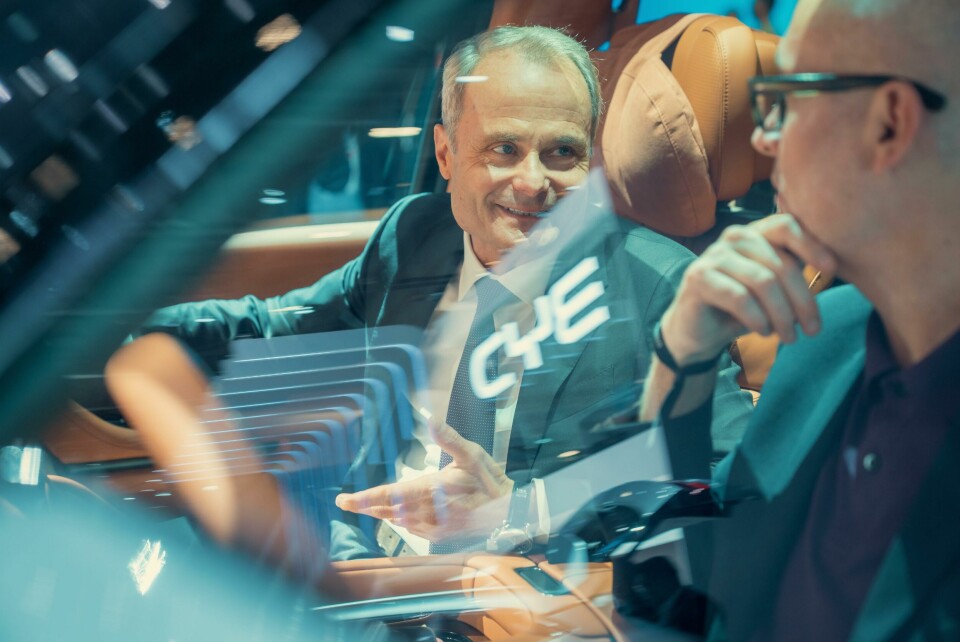
CDN: I don’t think some Westerners are very keen on them. Do you use them?
WE: We have symbols for those, but we don’t design faces, it’s more graphic. We show that something is moving [or listening] and connected to the interface. But it’s not a face, or a person or an animal.
CDN: Your move to BYD back in 2016 felt like a ‘Peter Schreyer to Kia’ moment. At first some industry experts asked ‘why would he do that?’ How long did it take you to feel like you’d made the right choice?
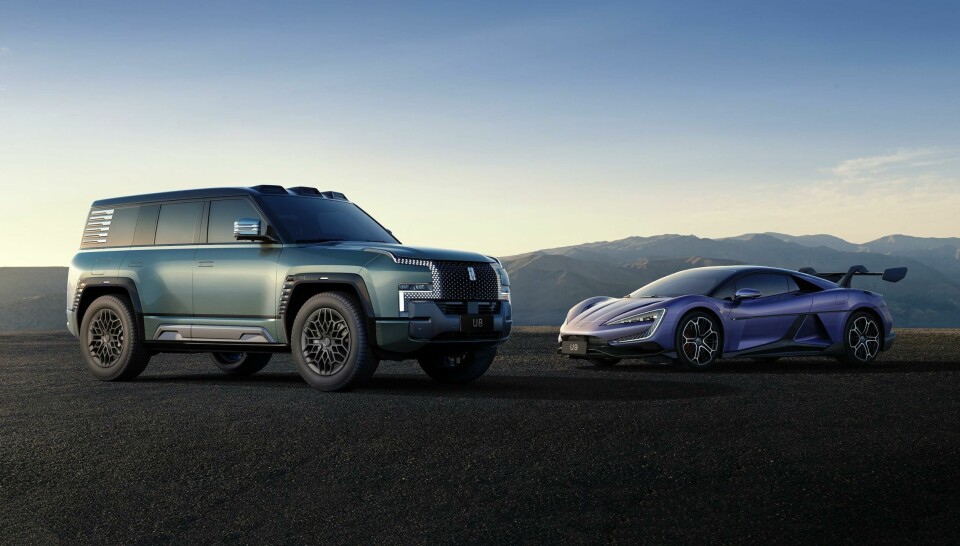
WE: The turnaround for me was 2023.
CDN: As recently as that?
WE: Yes, yes, yes.
CDN: Have you learned Mandarin?
WE: I’m still learning and enjoy it. But the language of business is English. It’s mainly a Chinese design team but many of them have studied in Coventry for example, and we have designers from seven countries. [Swiss-Italian] Michele Jauch-Paganetti is still head of interiors, from Mercedes’ old Como interior design studio and there are others.
CDN: Do consumers want to buy Chinese luxury brands now?
Yes. China has accepted very well this local luxury brand Yangwang, which is a very positive effect. For luxury, it’s not just about price. In design we don’t talk about price, luxury is a culture, a feeling. In the design language of this Yangwang U8 you have closed forms and leather covers on the top of the dashtop-mounted vents. And the bar on the centre console is not just a regular handle [but a flowing design feature]. This is luxury.



